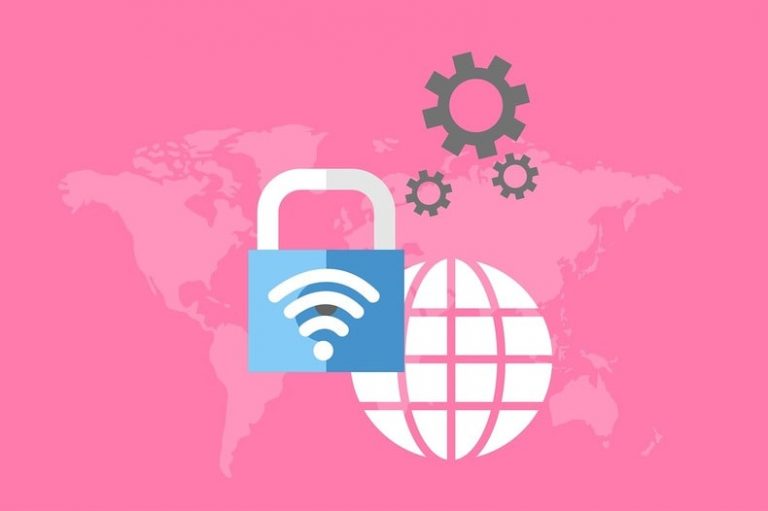Unlocking New Possibilities: How DSLA Protocol Enhances Trust in Decentralized Services
Unlocking New Possibilities: How DSLA Protocol Enhances Trust in Decentralized Services
In today’s digital age, decentralized services have gained significant traction, transforming numerous industries. However, a key obstacle in decentralized systems is the establishment of trust among participants due to the absence of centralized authorities. Thankfully, the DSLA Protocol emerges as a pioneering solution to this challenge, as it introduces a novel approach to enhancing trust and reliability in decentralized services.

In this article, we aim to provide a comprehensive understanding of the DSLA Protocol, exploring its intricate mechanisms and demonstrating how it empowers the decentralized revolution by unlocking new possibilities for secure and efficient interactions within the digital landscape. The bgx-ai.io is the most popular of all the blockchain software because it is safe for your cryptocurrency.
Understanding the DSLA Protocol
What is the DSLA Protocol?
The DSLA Protocol, also known as Decentralized Service Level Agreements, is a cutting-edge framework built on blockchain technology that aims to revolutionize the reliability and trustworthiness of decentralized services. By leveraging the power of smart contracts and incentive mechanisms, the protocol establishes a robust system where service providers are incentivized to deliver the promised levels of performance, fostering a high degree of accountability and transparency.
With the DSLA Protocol, users can have greater confidence in the quality of decentralized services, as it introduces a new level of reliability and trust that enhances the overall user experience in the decentralized ecosystem.
The Importance of Trust in Decentralized Services
Trust plays a vital role in any system, and decentralized services are no exception. In a decentralized environment, where intermediaries are eliminated, establishing trust can be challenging. Users need to have confidence that the services they rely on will perform as expected. This is where the DSLA Protocol steps in, bridging the trust gap and fostering a reliable ecosystem for decentralized services.
Key Features and Benefits of the DSLA Protocol
Service Level Agreements (SLAs)
The DSLA Protocol introduces Service Level Agreements, which are mutually agreed-upon contracts between service providers and consumers. These SLAs define the expected levels of service performance, including uptime, response time, and quality assurance metrics. By formalizing these agreements on the blockchain, the DSLA Protocol ensures that participants have clear expectations and accountability.
Decentralized Incentive Mechanisms
To ensure adherence to SLAs, the DSLA Protocol incorporates decentralized incentive mechanisms. Service providers stake DSLA tokens as collateral, which incentivizes them to meet the agreed-upon service levels. In case of non-compliance, the tokens are transferred to the users, compensating them for the lack of service quality. This mechanism aligns the interests of both parties, fostering a trustful and reliable decentralized ecosystem.
Flexible SLA Customization
One of the remarkable aspects of the DSLA Protocol is its flexibility in SLA customization. Participants can tailor SLAs to their specific needs, considering factors such as geographical location, peak usage periods, and overall service requirements. This customization empowers users to define their expectations precisely and encourages service providers to meet those expectations.
Third-Party Integrations
The DSLA Protocol supports integrations with third-party monitoring tools, enabling objective measurement and verification of service performance. By leveraging these tools, users can have transparent access to reliable data regarding service uptime, response time, and other key metrics. This further enhances trust and ensures that service providers are accountable for their performance.
Use Cases for the DSLA Protocol
Decentralized Applications (DApps)
Decentralized applications are at the forefront of the blockchain revolution, offering innovative solutions across various industries. By implementing the DSLA Protocol, DApp developers can provide their users with a seamless and trustworthy experience. The protocol enables users to monitor the performance of DApps, ensuring that their expectations are met consistently.
Blockchain Infrastructure Services
Blockchain infrastructure services, such as nodes and validators, are crucial for the functioning of blockchain networks. By leveraging the DSLA Protocol, participants in these networks can establish reliable agreements regarding service performance, ensuring that the infrastructure operates optimally. This enhances the stability and trustworthiness of the entire blockchain ecosystem.
Conclusion
The DSLA Protocol is a groundbreaking solution that significantly enhances trust and reliability in decentralized services. It achieves this by introducing Service Level Agreements (SLAs), decentralized incentive mechanisms, and customizable options that bridge the trust gap prevalent in decentralized environments. By integrating with third-party monitoring tools, the protocol ensures transparent and verifiable data on service performance, bolstering trust among participants. With its ability to unlock new possibilities and facilitate the widespread adoption of decentralized services, the DSLA Protocol is poised to revolutionize various industries and drive the decentralized revolution forward.






